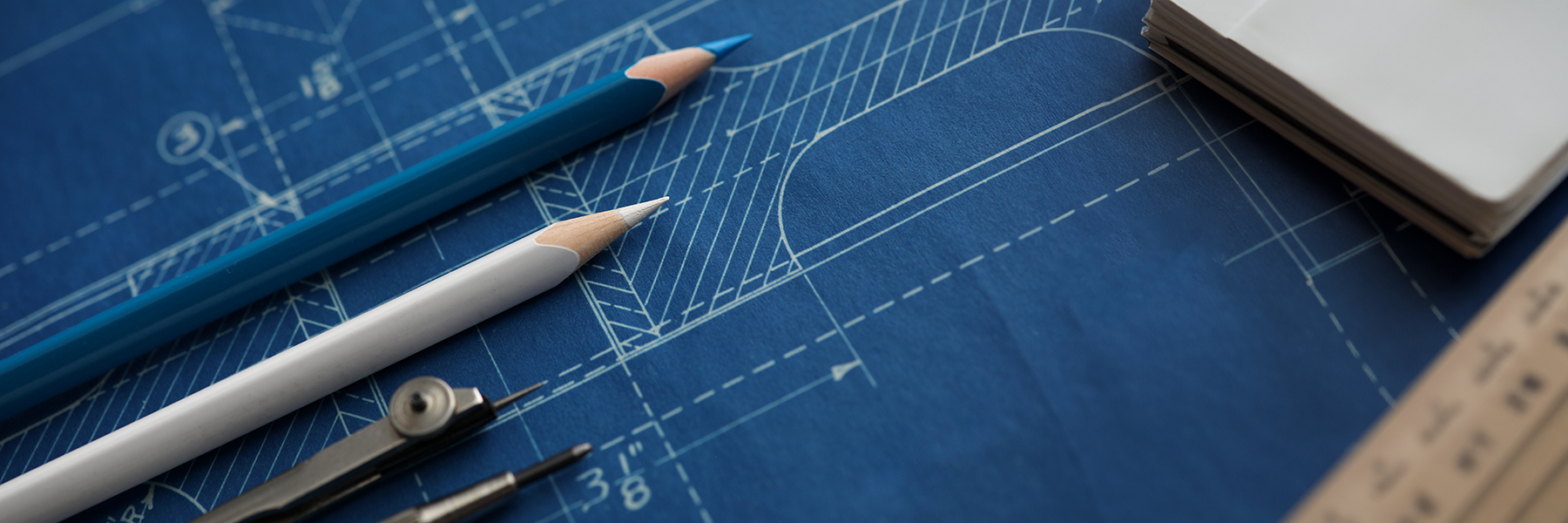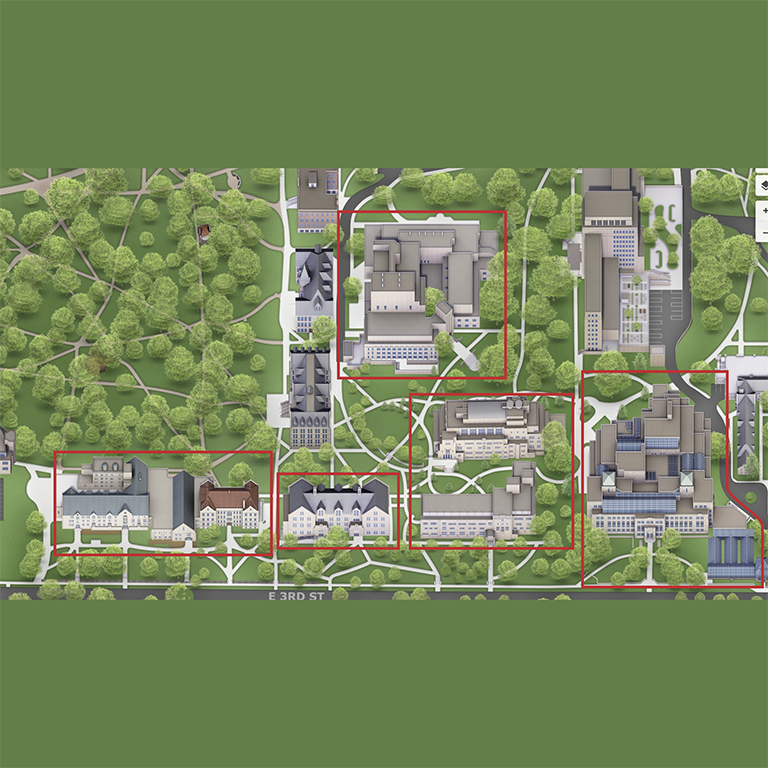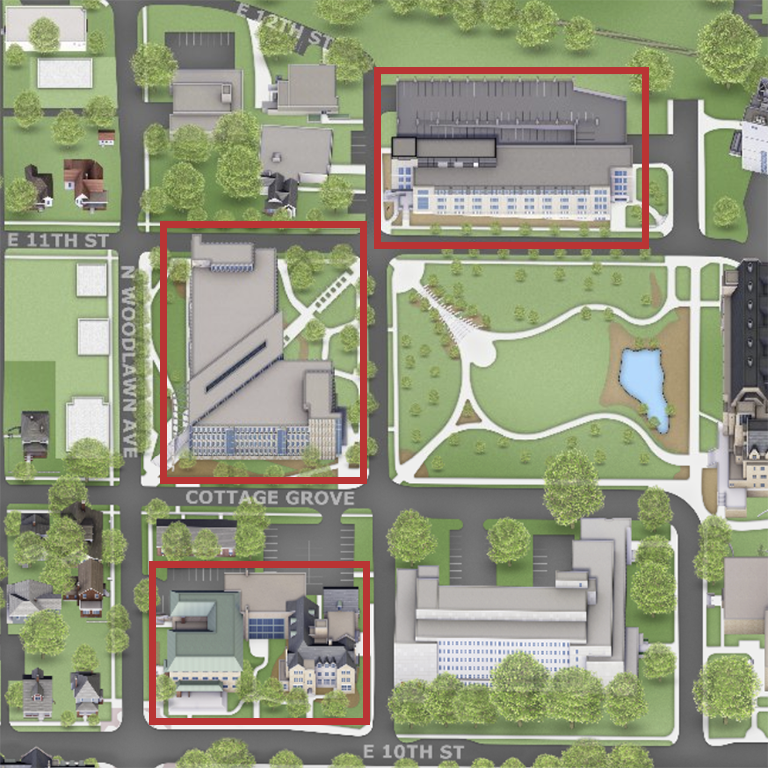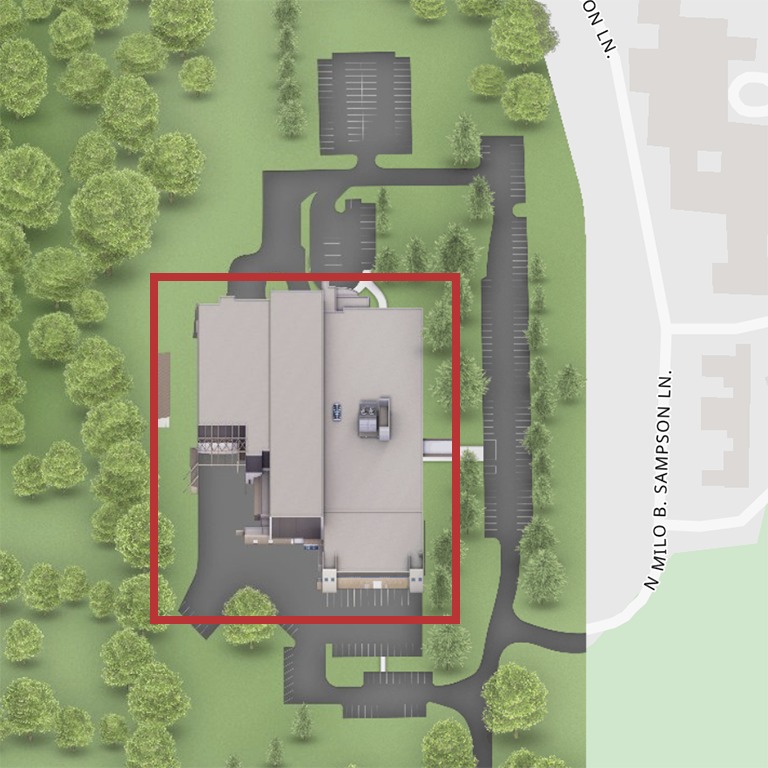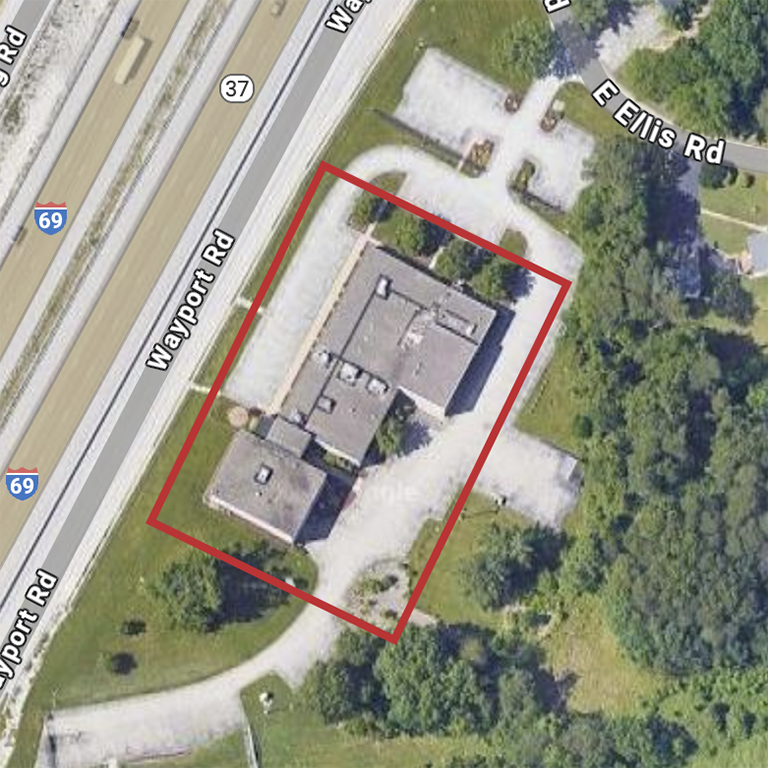At IU Bloomington, we are building on our historic strengths and emerging opportunities through transformative research to address the most complex societal challenges at local, national, and global levels. In this pursuit, we have a responsibility to provide our researchers and their teams with leading facilities that enable this essential work to flourish.
With $45 million approved by the Board of Trustees for construction and renovations across eight buildings at IUB, we will soon embark on an ambitious 18-month effort to optimize research spaces available to our campus via at least 34 updated and new labs across central and north campus. The $45 million project will be funded by revenue bonds which will be repaid through funds provided by IU Research.
We are fortunate to have numerous and diverse research spaces at IUB, including in the core of campus, that can be activated more fully in this effort. Many of the targeted spaces for upcoming renovations are currently underutilized or in significant need of repair and improvement — some dating back several decades. Many of the planned renovations will also be aligned with ongoing Faculty 100 hiring in priority areas.
As part of this effort, planning teams have identified five strategic research “neighborhoods” for IUB, which congregate researchers with high potential for collaboration and shared resources.


